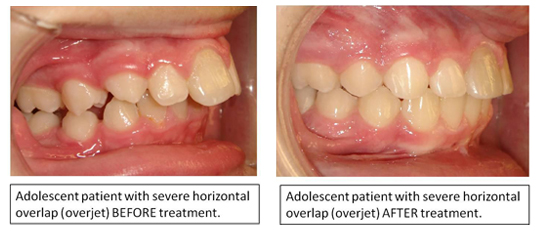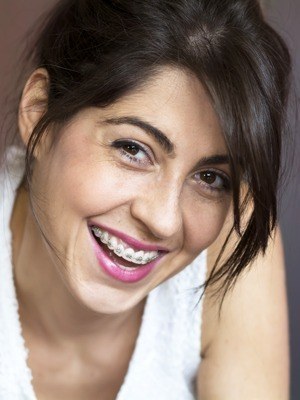
Here are a few differences between adult treatment and adolescent treatment:
- Growth


- Response of periodontal tissues (gums and bone)
Adult gums and bone respond differently from the way they do in adolescents. Adult periodontal tissues cannot be stressed as much, or they may begin to dissolve or recede.
- Jaw development (expansion)
If kids’ jaws are too narrow, Dr. Robert Taylor can use an expander to widen the jaws significantly and broaden the smile. Adults bones are fused together and do not allow for the same type of manipulation. We can still broaden the arches with some archwire expansion, but there are more limitations.
- Speed
The gums and bones of adults are more stable or stubborn, so teeth usually move at a slower pace. Teeth move when certain cells eat away bone and other cells deposit bone. In adolescents, this process is constantly happening while they are growing, so teeth respond more quickly. In adults, initiating this process takes longer and the cells that change the bone tend to work more slowly.
- Discomfort
Adult treatment generally is a little more uncomfortable than adolescent treatment. Instead of initial soreness for two or three days, adults may experience soreness for about a week as the teeth begin to move. Like adolescents, however, once the teeth are moving along, the discomfort subsides.
- Retainers
Teeth are like anything else on our bodies; as we get older, they tend to change. Most people’s bottom teeth especially will tend to crowd. Wearing a retainer is an important part of keeping anyone’s teeth straight. Because adult teeth are more stubborn, they are more prone to relapse (moving back), so wearing a retainer after treatment is even more important for adults.
We use several different types of retainers depending on your needs. Dr. Taylor will discuss the pros and cons of different retainers toward the end of your treatment.
To learn more about adult orthodontics in Orem, Utah, contact us today at 801-226-6611 and schedule an appointment with our orthodontist.
